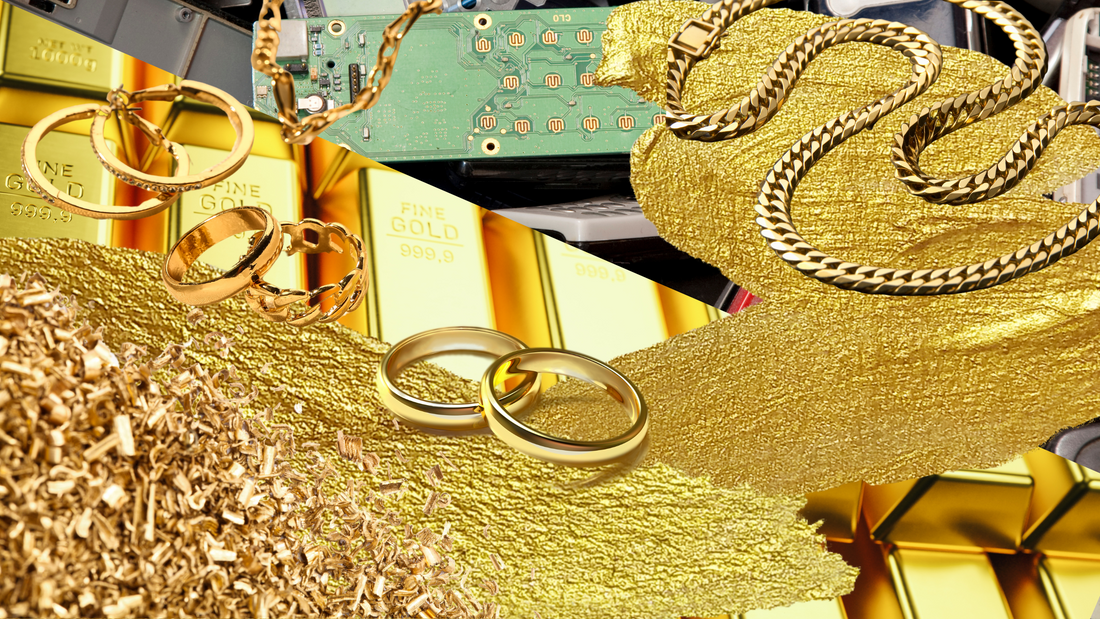
Where does our recycled gold come from?
The shine of sustainability: Recycled gold by C. Hafner for The Good Bling.
For THE GOOD BLING, sustainability is more than just a trend—it's a way of life. We pride ourselves on offering jewelry that's not only beautiful but also environmentally friendly. A key to achieving these sustainability goals is our use of recycled gold, which is sourced from C. Hafner , Germany's only carbon-neutral refinery. Let's take a look at how this gold is produced and why it's a perfect complement to our values.

- Scrap gold collection: The process begins with collecting scrap gold—gold from discarded jewelry, electronics, gold bars, coins, casting waste, or medals. This scrap gold is carefully sorted and cleaned to remove all impurities.
- Melting and refining: The collected scrap gold is then melted and refined to separate it from non-gold materials. C. Hafner uses state-of-the-art technologies to make the process efficient and environmentally friendly.
- Refining and testing: The purified gold is further refined and tested for purity and quality. Only the highest quality gold is selected for jewelry making.
- Carbon neutrality: The proud culmination of this process is C. Hafner's carbon neutrality. The refinery is committed to reducing its carbon footprint to zero. This is achieved through the use of renewable energy and other environmentally friendly practices.
- The use of recycled gold: C. Hafner's recycled gold finds its way to The Good Bling, where it is crafted into stunning pieces of jewelry by our talented artisans. Using recycled gold reduces the need for newly mined gold, which in turn minimizes the environmental impact.
Why is our gold sustainable?
Gold recycling uses aqua regia (a mixture of hydrochloric and nitric acid). The most important difference, however, is that the acid mixture circulates in a closed loop at our gold supplier, C. Hafner . This means that, on the one hand, nothing enters the environment, and, on the other, the acids are recycled for reuse in a closed loop process, significantly reducing consumption.
This is not the case in mining. Especially in small-scale mining, gold is openly leached with mercury, which is not only extremely dangerous for workers who handle it directly, but also enters rivers uncontrolled, causing significant harm to humans and animals.
Added to this is the immense land consumption, which leaves cratered landscapes in the mining areas. For example, to extract 5g of gold from an open-pit mine, an average of 1 ton of ore is moved by machinery. All of this results in mining emitting an average of 30 tonnes = 30,000 kg of CO2 per kilogram of gold. For recycled gold, the average is 53 kg. By optimizing its processes, C. Hafner was able to reduce this figure to 29 kg – approximately one thousandth of the original.

Summary recycled gold.
Our gold stands for sustainability, ethics, and quality. It allows us to offer jewelry that is not only beautiful but also environmentally friendly. At The Good Bling, we are proud to be a partner of C. Hafner and thus part of this sustainable revolution in the jewelry industry. With our jewelry, we make the jewelry world a little bit better without sacrificing shine and elegance.

